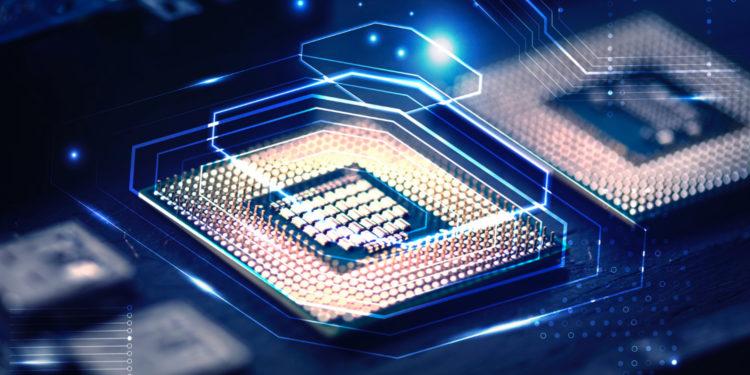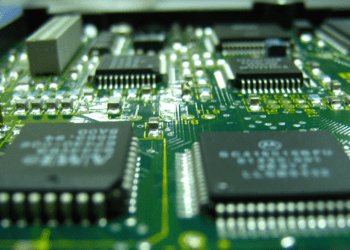The Korea Advanced Institute of Science and Technology (KAIST) has successfully created a processing-in-memory (PIM) chip called DynaPlasia, a PIM chip based on dynamic random access memory (DRAM). The new chip is said to be extra efficient, power saving and 15 times superior in speed than its DRAM-based predecessor chips.
This new chip is conceived to be evolutionary for South Korea’s memory-based chip industry which has been falling behind for a while. PIM chips which are also seen as the next-generation AI chips have been getting engagement from the government. While aiming to compete in the ongoing AI race, the government announced a separate budget for AI chip expansion last year and even earmarked $642 million this year.
PIM chips enable smoother data analysis in real-time. The computations and processing operations are doable within the memory of computers or servers through PIM technology. AI applications which are both time and energy-consuming are compatible with PIM chips since these chips reduce power usage and processing time by a huge margin.
According to South Korea’s Ministry of Science and ICT, the newly developed DynaPlasia PIM chip is the first of its sort and quite new for this world. The previous PIM chips had processors placed outside the package instead of interior memory. Companies like Samsung and SK Hynix have a monopoly on DRAM PIM chips as they were the first few to introduce this technology in the South Korean chip market. The DynaPlasia chip stands in contrast as its processor is already embedded in the memory cell.
DynaPlasia chip comes with the world’s first-ever triple-mode cell. Its distinctive triple-mode cell is 250% better than analog-type PIM chips of current times. It can work all routes as memory, processor and also analog to digital data converter. The research team at KAIST has considerably looked upon the chip’s structure for fairer efficiency. The DynaPlasia chip allows the entry of additional hardware structures whenever required.
With all these functionalities in place, the DynaPlasia chip is expected to be sufficient to power big-scale artificial intelligence (AI) models. As per Yoo Hoi Jun who’s an engineering professor and research team executive at KAIST, DynaPlasia will show strong performance with the commercialization in the AI space that continues to grow day by day.
The new chip technology could be dubbed a better version of digital PIM chips where every memory cell has the potential to operate in a parallel way along with a thousand times enhanced data processing speed at the same time. In other words, it could accelerate AI usage as well as transition in South Korea.
A year ago, the research centre PIM HUB came into being with the assistance of the ICT ministry. The centre was established to study PIM chips and the recent DynaPlasia development is one of the projects carried out by the centre. Few big private corporations have been putting in effort and collaborating with the centre from time to time.
KAIST has been dwelling in innovations ever since its establishment. One of its recent creations includes MetaVRain, a 3D rendering application system. The KAIST researchers have also been indulging in deeper research to develop drone technology. With a $10 million grant, the South Korean government has been backing the drone advancement projects at the institute.






